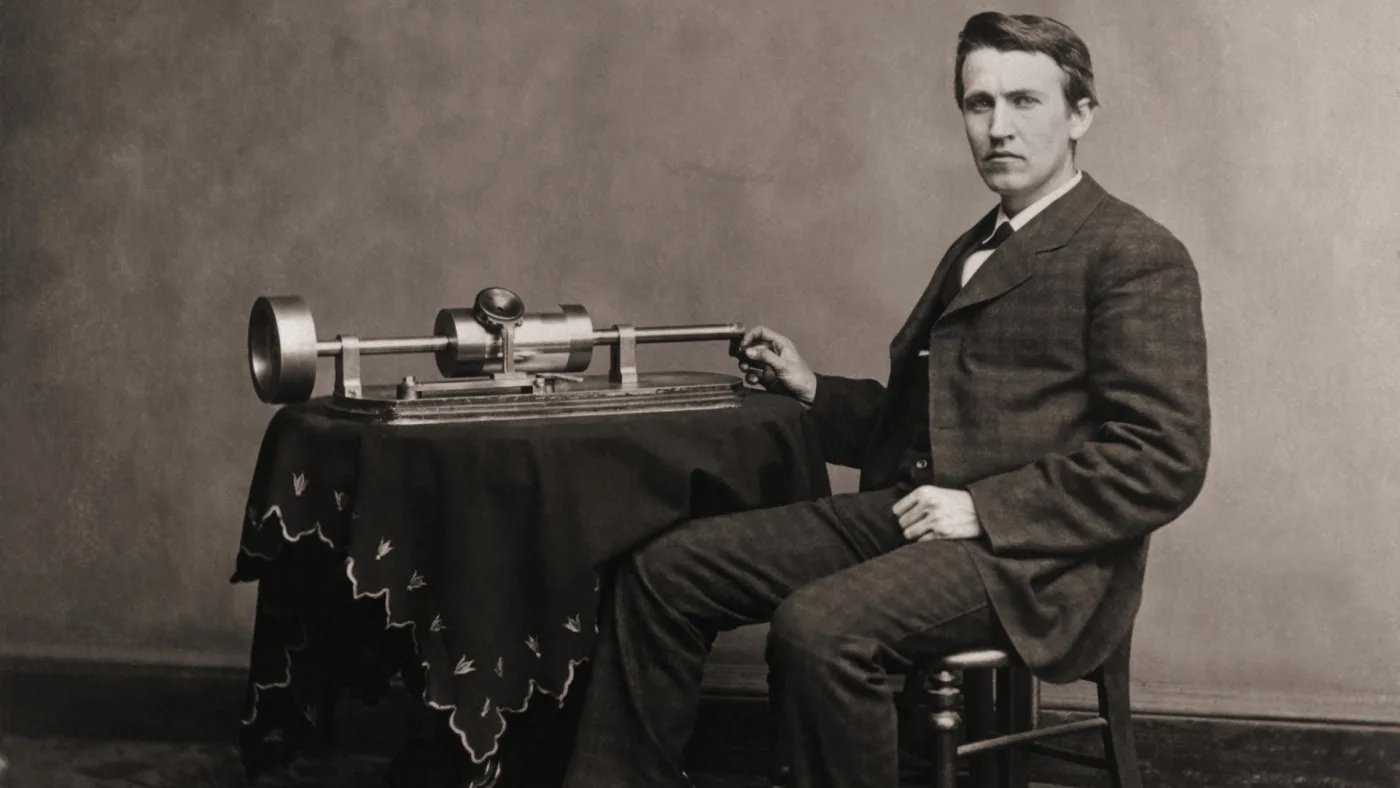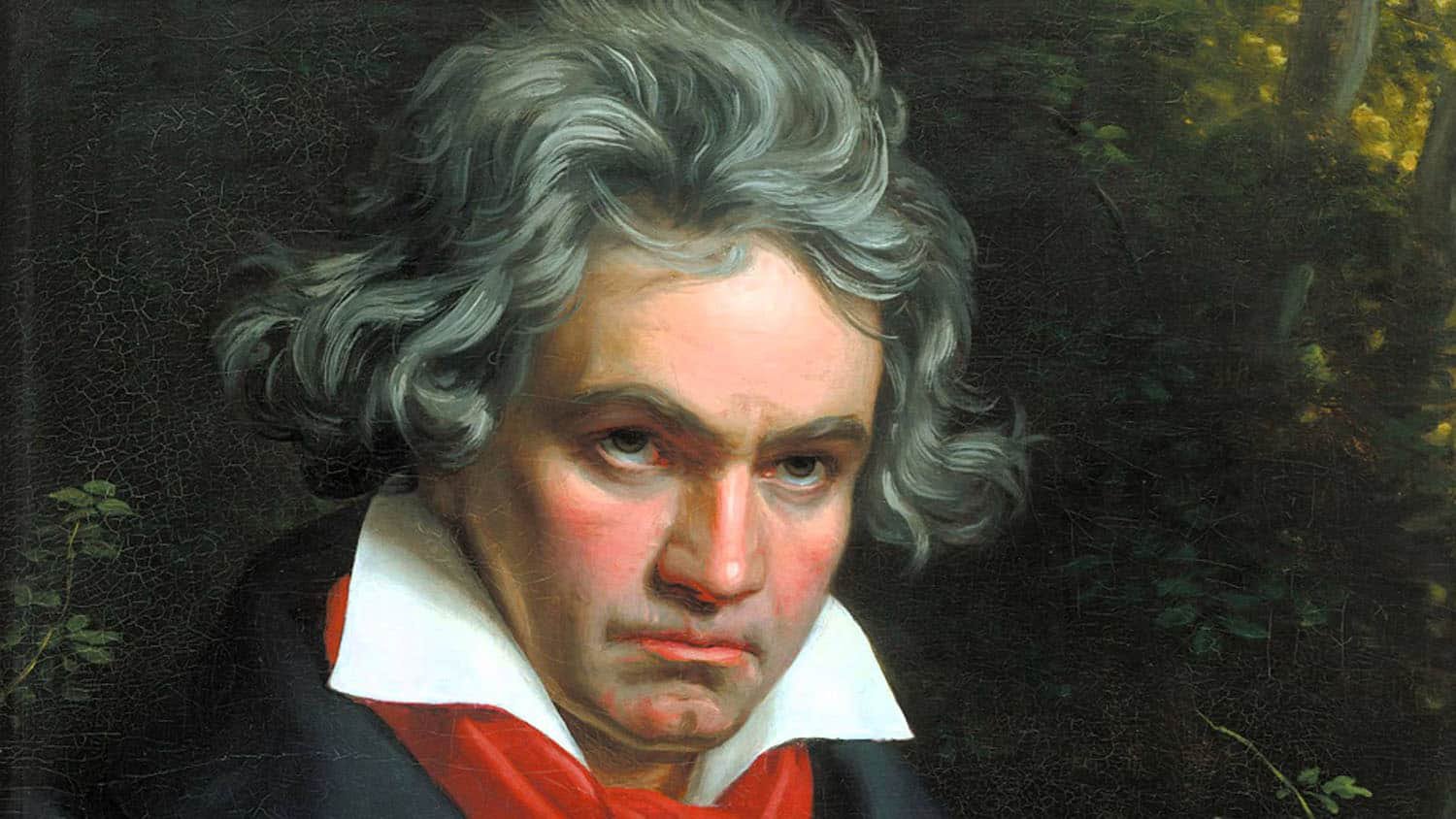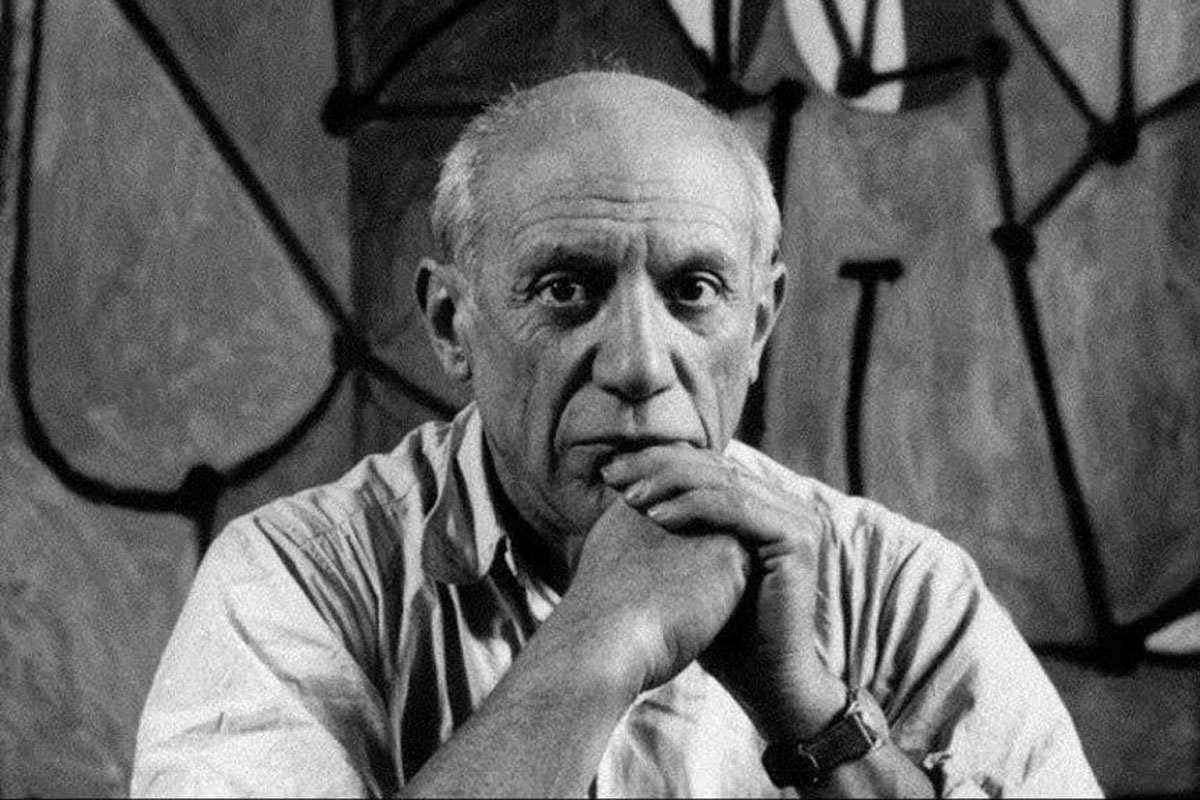This series of articles seeks to examine the character attributes of highly successful leaders, regardless of their adherence to a strong faith or moral standard. In presenting these thoughts, Leadership Ministries is not agreeing with or advocating these traits or practices, but rather presents these as ideas for discussion and development in your own leadership journey.
Businessman and inventor Thomas Edison (1847-1931) established many of the key technologies of our modern world, including electric power generation, the light bulb, mass communication, alkaline batteries, sound recording and motion pictures. He was one of the first inventors to apply the principles of organized science and teamwork to the process of invention, working with many researchers and employees.[1]
Thomas Edison began his career selling candy, newspapers and vegetables on the trains running from Port Huron to Detroit. He turned a $50-a-week profit by age 13, most of which went to buying equipment for electrical and chemical experiments. Edison also worked at a telegraph company in his early years and had a number of inventions, good and bad, in his early 20s. At age 29 he established his now-famous laboratory in Menlo Park, New Jersey, which became known as the Invention Factory. Edison was married twice, had six children, and died of complications related to diabetes. By his later years he was famous worldwide, was widely quoted, and many of his leadership characteristics are emulated to this day.
Edison pictured with an early phonograph.
Organize your work and persist. Edison worked an average of 18 hours a day and slept 4-5 hours a night. He said, “Being busy does not always mean real work. The object of all work is production or accomplishment and to either of these ends there must be forethought, system, planning, intelligence and honest purpose, as well as perspiration.” At his death in 1931, Edison held 1,093 patents. But his most important invention was the process of invention itself. He took a cue from his good friend Henry Ford, who developed mass production for automobiles, and applied this practice to his research. Edison designed a process of collaboration that was used across his entire enterprise of more than 200 companies worldwide.
Edison mastered the concept of iteration, continually trying ideas until one worked, and then adding improvement upon improvement to an invention in order to realize a practical and reliable product. He also purchased various inventions from others and improved upon them—notably the vitascope, a motion picture projector system that he acquired from a rival.[2]
Gather a great team. He established the first industrial research laboratory and built a team of scientists and researchers that helped him accomplish his goals. He had skilled machinists, designers and others employed at his Menlo Park lab, all housed in a single facility to research, develop and manufacture new technologies.[3] Two of Edison’s earliest and most important assistants were John Kreusi, a Swiss-trained clockmaker and machine shop foreman, and Charles Batchelor, Edison’s chief mechanical assistant. For his expanding inventions factory, Edison commissioned the engineering firm of Babcock & Wilcox to build a machine shop behind the laboratory.
Edison led by example, working hard at each problem, and encouraging his team to do the same. Though he was a poor manager and organizer, his tight-knit team of trusted associates, which were nickednamed “the muckers”, worked well with one another. Edison viewed collaboration as a connecting force, a practice that facilitated and made possible the development of new knowledge. Because he believed a diverse group of individuals offered the best chance for collaborative success, Edison created teams that had members from several disciplines. The group that drove the breakthrough behind the incandescent light consisted of a glassblower, a machinist, a chemist, a mathematician, an instrument maker, a textile worker, and Edison himself.[4]
Workers at Edison’s Meno Park lab were collectively called “the muckers”.
Every failure tells you something. Famously Edison’s laboratory tried literally thousands of materials in the creation of the first usable light bulb. He said of the effort, “Many of life’s failures are people who did not realize how close they were to success when they gave up. I have not failed. I’ve just found ten thousand ways that won’t work.”
In addition to Edison’s monumental successes, he had a score of failures. The automatic vote recorder, the electric pen and the talking doll all failed to catch on. A home motion picture projector was too expensive and lacked a catalog of popular films. Perhaps his greatest failure was in ore mills and separators, technologies for mining that he worked on for more than a decade but never realized success. These failures moved Edison to concentrate on practical use during the invention process, and abandoned those ideas that lacked a solid market. He said, “Anything that won’t sell, I don’t want to invent. Its sale is proof of utility, and utility is success.”



































Orville and Wilbur Wright were two American aviation inventors who are credited with the world first successful airplane. They made their first controlled flight in December 1903 in Kitty Hawk, North Carolina.